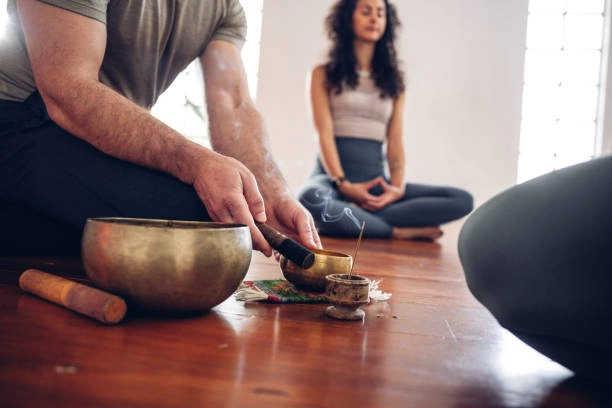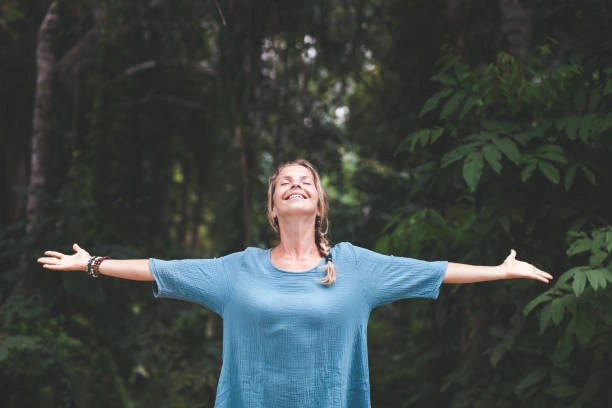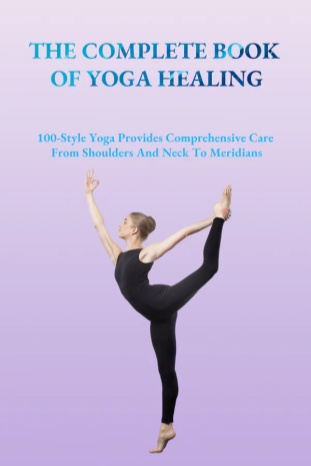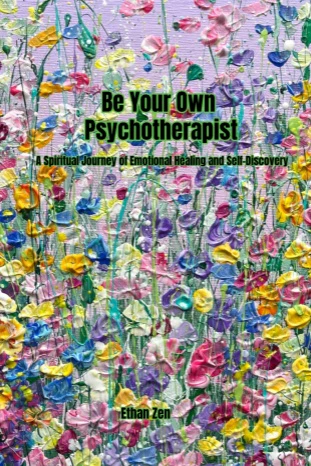Meditation is Actually Very Simple
In fact, meditation is very simple and scientific. Persisting in meditation can not only contribute to the liberation of the Earth and the progress of humanity but also bring significant benefits to oneself. It can heal the body and enhance wisdom. Meditation is something everyone can participate in; it can be done anytime and anywhere, for varying lengths of time. The idea that meditation is a privilege reserved for certain enlightened individuals or those with mental issues is a misconception.

The Primary Misconception About Sitting Posture in Meditation
Many people believe that meditation requires a strict sitting posture, with legs crossed tightly, which can be quite uncomfortable. This is merely a basic requirement for sitting meditation, and even that is not strictly enforced. The misunderstanding lies in how people interpret it.
The first priority in meditation is to sit comfortably, or lie down, or even stand, as long as you feel relaxed and at ease. The most important thing is not the aesthetics of the posture but rather your comfort. Therefore, to achieve a comfortable state, sitting postures can vary from person to person. Here are a few methods worth trying:
- Sit on a stool: Just sit comfortably with a straight back, legs straight, and the whole body relaxed. Either a high or low stool is fine; a lower stool may be better for those who cannot sit cross-legged.
- Sit on a sofa: Keep your legs uncrossed, with just your feet touching, back straight, hands crossed with thumbs facing each other. This is very simple and almost anyone can do it. This position also creates an energy cycle throughout the body.
- What if your back hurts and you can’t sit straight? You can meditate while lying down. Lie flat with your legs crossed in a triangular shape, and just relax. If that doesn’t work, lying flat is fine too. The important thing is not the posture but the intention. Only when you’re comfortable can you focus your thoughts.
- Standing meditation: If sitting for too long is tiring, standing meditation is a good choice, especially on a balcony facing the sunlight. Embracing the sunlight and feeling the energy you breathe in is also an excellent option. A few minutes can yield good effects. Of course, the results might not be immediately noticeable, but it is indeed improving your body.
Once you master these methods and feel comfortable with them, you can practice sitting cross-legged, which is commonly referred to as the three methods: open-legged, single-legged, and double-legged. Beginners can start with open-legged, those with capability can try single-legged, and those who are flexible can go for double-legged, similar to the Zen sitting posture. The benefit of the double-legged posture is that both feet are facing upwards, which allows for energy absorption and emission, while the body takes a pyramid shape that effectively gathers and circulates energy. This posture involves various factors such as breathing, energy circulation, and meridians, and is proven by countless masters to be the best method. So if you can do it, that’s even better. But if you can’t, it doesn’t matter; what’s important is to keep practicing.
In summary: You must first make yourself comfortable and relaxed in meditation to focus your thoughts, and then you can concentrate on visualizing something or a particular scene; otherwise, it will be painful and your mind will not focus. Therefore, do not deliberately pursue a specific posture; what suits you best is what matters.

What is the Difference Between Meditation and Sitting Meditation?
The answer is: different paths lead to the same destination, but the entry points differ. Meditation should be simpler. Sitting meditation requires quieting the mind and achieving a state of emptiness, relaxing your thoughts and clearing your mind until you enter a state of ‘no self.’ This requirement is quite high; the more you try to quiet your mind, the more thoughts may arise due to the overwhelming distractions of the external world filled with information. Unless you isolate yourself in nature for regular retreats, results may come slowly.
Meditation is more suited for daily life because it is guided. It usually involves following meditation music and guided words that provide clear direction for visualization at each step, making it less likely for you to get distracted.
The focus of meditation is to concentrate, demanding a high level of attention to fix your thoughts on one thing, one idea, or one image—essentially ‘forcefully’ visualizing. Because of this focus, you achieve quietness; when your thoughts stabilize, your heart can calm down. Ultimately, you enter a dreamy state akin to what Laozi described as “vague and indistinct, yet with forms; indistinct and vague, yet with objects,” which connects you to higher dimensions.
The entry point of sitting meditation is to calm the mind, first adjusting your breathing to relax, and then continuously emptying your mind until you have no conscious thoughts or intentions. Without engaging thoughts, you feel a unity with the universe, thus experiencing transcendence. The result is also a dreamy state, hence the phrase “the way as a thing is only vague and indistinct.” When you experience “the way,” you are connecting with higher dimensions of the universe.
Similarly, there is no strict distinction between meditation and sitting meditation; what suits you best is what matters. One focuses on concentrating thoughts, while the other emphasizes relaxing thoughts. The outcome is to enter a higher state, connecting with your higher self. Sometimes, it is hard to clearly delineate the two. You can only say that following your heart leads to the natural way.

Key Points and Special Aspects of Meditation
1.The Principle of Meditation
First, you need to understand the principle of meditation. Simply put, meditation is about manifesting things through intention. The biggest truth in this world is that energy determines matter; intention manifests reality. To put it even more simply: “What the heart thinks, it achieves,” or “the power of the heart.” Good things can manifest, and so can bad things; whatever you focus on will come to be. If it hasn’t manifested, it’s because you didn’t “think” deeply enough, didn’t genuinely send out intention, your mind wasn’t focused enough, or your thoughts weren’t pure enough, so your intention lacked strength. Once you understand this, you realize that meditation is a very scientific practice. You must believe in it to manifest it; understanding its scientific basis means you won’t resist it.
2.Pattern of Manifestation
Thus, the special aspect of meditation lies in using intention to manifest certain things or achieve specific goals through visualization. Since everyone possesses intention and is continually manifesting, when it comes to collective human matters, meditation can become a collective practice where everyone focuses on the same thing, thus altering the collective fate of humanity. This is why ascended masters today teach everyone to abandon all sectarian beliefs and differences between nations, races, and cultures, and to unite in meditation.
3.Light is the Core
Finally, a personal experience and key point in meditation is that light is the core. Everything revolves around light; all meditation is inseparable from light. Light is energy, light is power, light is the purpose. Feel the light, absorb the light, circulate the light, and emanate light—become the light. Allow light to envelop your body, let it circulate within you, and transform discordant things. Be with the light, and always believe in the light. That is meditation.

If you are interested in meditation or Zen and want to learn more, you can buy our e-book: Zen Meditation Wisdom, and The Fundamental Practice of Zen Meditation Zazen , which contains many insights and experiences of masters on meditation. This may be of great help to you! !







